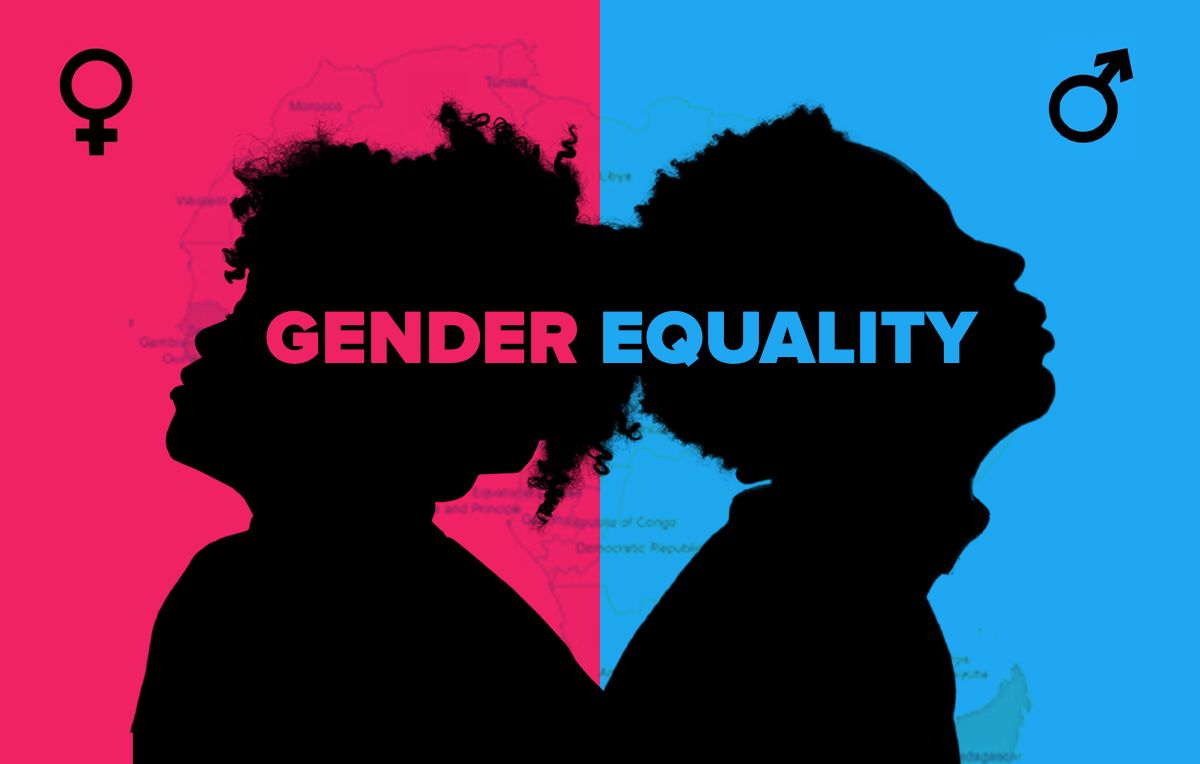Most people grapple with how to allocate their income according to their needs, while still being able to spend on their wants. And since we are still at the beginning of the year, a lot of people are re-arranging and re-designing their financial goals for the year.
Budgeting will drive you closer to your goals, enable you to stop living paycheck to paycheck and add a boost your confidence. With so many competing needs in the modern world, from saving for retirement, medical care, financing education to owning a house, it's imperative that you take the driver's seat when it comes to how your money is spent.
As opposed to the traditional way of budgeting where you list all your expenses then save what’s left, work the other way round; take out your savings first and work on what is left for your expenses.
Let's explore different ways in which you can split their budget to suit your needs, wants. The majority of people earn a monthly income and so these plans will be ideal for them.
The 50/30/20 strategy
In this strategy, you allocate 50% of your income to living expenses and essentials, like transport, house utilities, and food. 30% is allocated for miscellaneous spending like entertainment. The remaining 20% is then directed to your savings, and investments. This is the most common way that most people split their income.
The 50/20/20/10 strategy
In this category, you allocate half of your income to the basic expenses like food, clothing and rent. 20% of it goes to a savings fund or emergency fund. The next 20% can be reserved for entertainment. The remaining 10% could be used for charitable causes, tithes, and donations, for those who have an ingrained culture of giving back.
The 40/20/40 strategy
Some people with great savings skills can save up to 40% of their income. 20% for miscellaneous expenditure and the remaining 40% on their regular needs like housing, clothing, and food.
This one works for those who have the financial discipline to see delayed gratification through.
The 70/30 strategy
In this method, you allocate 30% of your income towards savings and investments and the remaining 70% to everything else. It will give you the freedom to spend the 70% in whatever manner you choose. You can modify this strategy to save 20% and spend 80% on your needs and wants. This method places a higher emphasis on first allocating a certain percentage of your income to savings or investments and giving you a free hand in deciding where the rest of your money goes. This method is ideal for those who don't want to spend time tracking every single dime they earn.
For those with an irregular income, it might help to first identify your recurrent expenditure. This could include, rent, internet, and electricity. After identifying them, allocate your most secure and reliable income source to catering to these recurrent expenses. Then, direct your other income sources to meeting your key financial goals.
Remember, if you have debts, you might want to reduce your basic expenses and entertainment budget then direct the extra funds to offsetting your financial liabilities.
It is also important to develop a budget for special events, like a holidays, or even a wedding. You can decide whether to be allocating a certain percentage of your monthly income towards these goals.
There is no ideal way to split and allocate your income, it all varies depending on your current situation. A budgeting method that works today or this year will probably not be viable in the next five or ten years. You can borrow from the different methods outlined above and design a spending plan that is aligned to your financial objectives and life goals. Just ensure that you always have a budgeting plan that suits your income.





